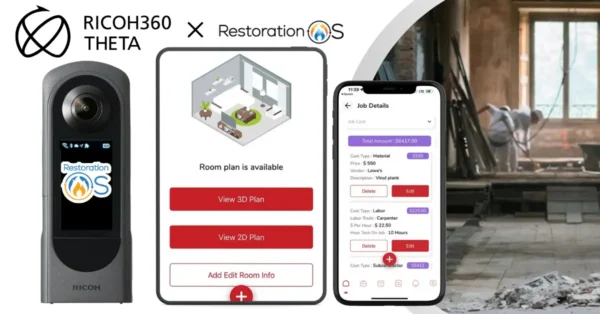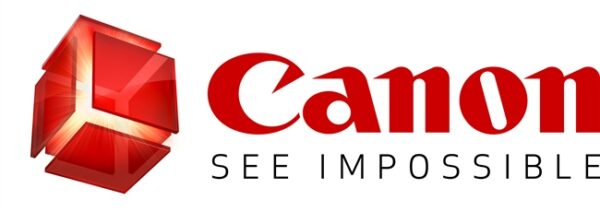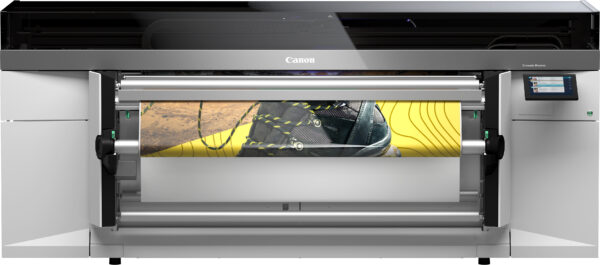Surveying the Independent Dealer Landscape (1986″“2015)
In 1986, we published our first dealer survey, which reflected on the independent copier dealer’s performance in 1985. In this initial effort, we only queried those who were our subscribers. Our readers were sanguine in their responses to our questions.
They averaged 18.4 years in the business, with many of them representing typewriter dealers who took on the copier machines manufactured by companies such as Sharp, Panasonic, Canon, Mita, Ricoh, Konica, Minolta, Toshiba, Savin, A.B. Dick and Adler Royal.
In terms of revenue, they reported an average of $6.9 million, but bear in mind that only dealers who were subscribers participated. (The other half of our subscriber base comprised manufacturers, distributors, parts suppliers and financial services companies.) We were fortunate because then, as now, we enjoyed the support of a significant group of the more substantial copier dealers.
Today, our survey is open to all dealers, regardless of their subscription status, and we encourage participation of as many dealers as possible. In this 30th year of conducting the survey, the average revenue, which we calculated from a sample of 280 responding dealers is over $11 million, translating into more than $3 billion in total revenue for a group and representing approximately 12% of the entire independent dealer community. Among those respondents, three dealerships have revenues in excess of $100 million, and we know each and every one of them.
Going back to beginning of our survey, the mid-80s were difficult times for many dealers, as they were struggling to build a base of MIF (Machines In Field) to give them a positive annuity stream. Their revenue streams were hardware, service and supplies. A total of 48% came from hardware, 30% from service and 22% from supplies. I might add that interest rates were running as high as 23%.
The first Executive of the Year award was given to Bob Magrino of Mita. Canon was the leader among the copier manufacturers, Panasonic in typewriters and Ricoh in facsimile. Magrino, Canon, Panasonic and Ricoh were the first recipients of the awards (which where in these categories) we gave out at the 1986 Nomda Show in New Orleans. From there, the awards most significantly adding evolved with the times, most significantly with the addition of a “Best Woman Executive” category in 2014 and the “Best Marketing Strategy” and “Best Software Developer” categories in 2015. (See “2015 Frank Award Winners” on page 21 for a complete list of this year’s categories and honorees.)
Communication Cycle
The early copier dealers had difficulty working with offshore manufacturers, and we found the overall communication between vendor and dealer to be poor. We asked a question about who was the best at providing sell-through marketing support, and 36% responded none. The next question addressed communication, and 34% said none. No matter what questions we posed””whether it was service support, reliable parts inventory, sales training programs and the like””we found 34% consistently saying none.
In reading our initial survey results, you get a sense that dealers were not very happy with their primary manufacturers or suppliers of copier products. The struggle was primarily due to the lack of understanding of the Japanese culture on the part of the dealers and the unwillingness of the manufacturers to understand or appreciate the problems caused by many of the copier machines being manufactured in that era. Frankly, they performed very poorly. “Retrofit” was a common term used by the majority of manufacturers. It caused many problems for the dealers because they felt they were never adequately compensated for what it cost them to retrofit the poor performing products.
But the reality was that were it not for the Japanese manufacturers, the dealers would have had very little to sell. The American companies such as APECO, Saxon Industries, SCM and Royal eventually went broke and exited the business. It was a rocky beginning.
In 1986, we were recommending that dealers share best business practices because very few were doing so in that era, except within the Nomda Association (for all the products the dealers sold) and more specifically, for copiers, the CDA. Below is an excerpt from our 1986 survey issue.
What can we learn from this? We believe the answer is for dealers to have a more realistic understanding of what manufacturers can and will not do. We believe that dealers must strive to articulate those problem areas of greatest concern. Lastly, we believe that dealers must look at the more successful of their brethren and determine, for themselves, what it is they (dealers) are not doing.
We encouraged the manufacturers to strive to improve communication and overall training of their own (DSM) training because the same 34% indicated that the manufacturers calling on them did not employ professional reps. “They [the manufacturers] evaluate their marketing approaches and determine if they are preoccupied with selling to rather than selling through dealers,” we wrote. “They, too, must have a more realistic assessment about what a dealer is prepared or not prepared to do.”
We urged dealers and manufacturers alike to search for a common ground, which only made the best sense for them, and to find a way to increase success and diminish failure.
We recognize that manufacturers predominantly sell direct around the globe. This independent channel distribution we have here in North America is rather unique. The manufacturers [predominantly Japanese] now recognize that fact and are generally extremely supportive of independent dealers, with one unfortunate notable exception.
Today, communication is not the main issue facing dealers. Instead, dealers at the head of the class must address how they can maintain a sustainable business model. For the mainstream dealer, I fear it will be increasingly difficult for those who do not develop a services capability over the next five years. Our hope is that dealers’ transitions to a more services orientation continue and that they recognize that there are still opportunities for growth in the print environment. Dealers will be serving a different type of customer, and print solutions may very well have nothing to do with cut sheet. The remaining fact is there are still opportunities out there for dealers. All it requires is an understanding that they need to change their approach to the customer.
* * * * *
Our First EAB (1985″“1986)
To provide some context of our readers at the time, here is a list of the members of our first Editorial Advisory Board for 1985″“1986, who also participated in our inaugural dealer survey:
Michael Devitt: Office Equipment of Canada
Art Schaffer: Business Services of Utica
Bill Fraser: Fraser Advanced Information Systems (AIS
Joe Gianascoli: Copy Data Group
Ted Solomon: White Business Machines
Dan Doyle: Danka Industries
Don Frank: Graphic Enterprise
John Hey: DC Hey
Ron Shapiro: Advanced Image Systems
Jack Fleig: Standard Office Systems
Some of these former initial EAB member dealers like Bill Fraser and Dan Doyle were also charter subscribers who are still with us today. Additional charter subscribers also included Gordon Flesch and Leslie Supply (now LDI ColorToolBox). For the most part, the rest of the dealers on our initial advisory board and charter subscriber database have either sold out, retired or passed away.





